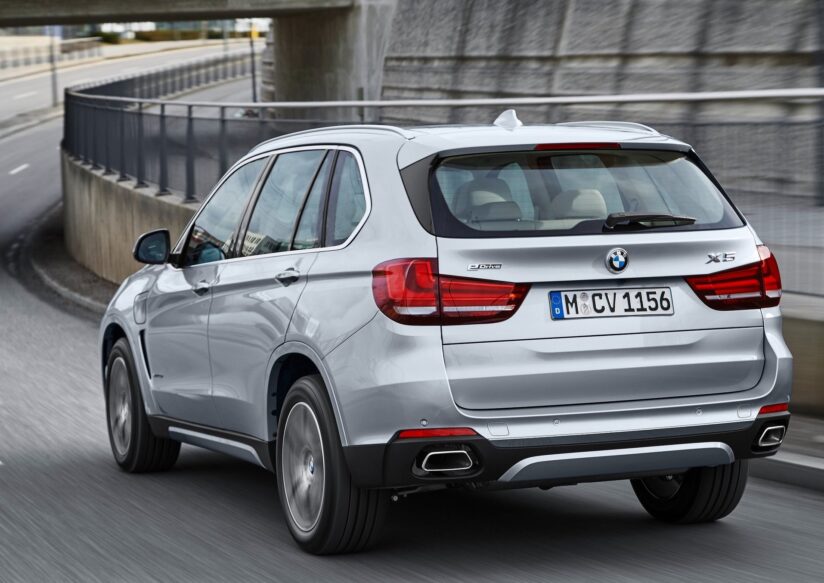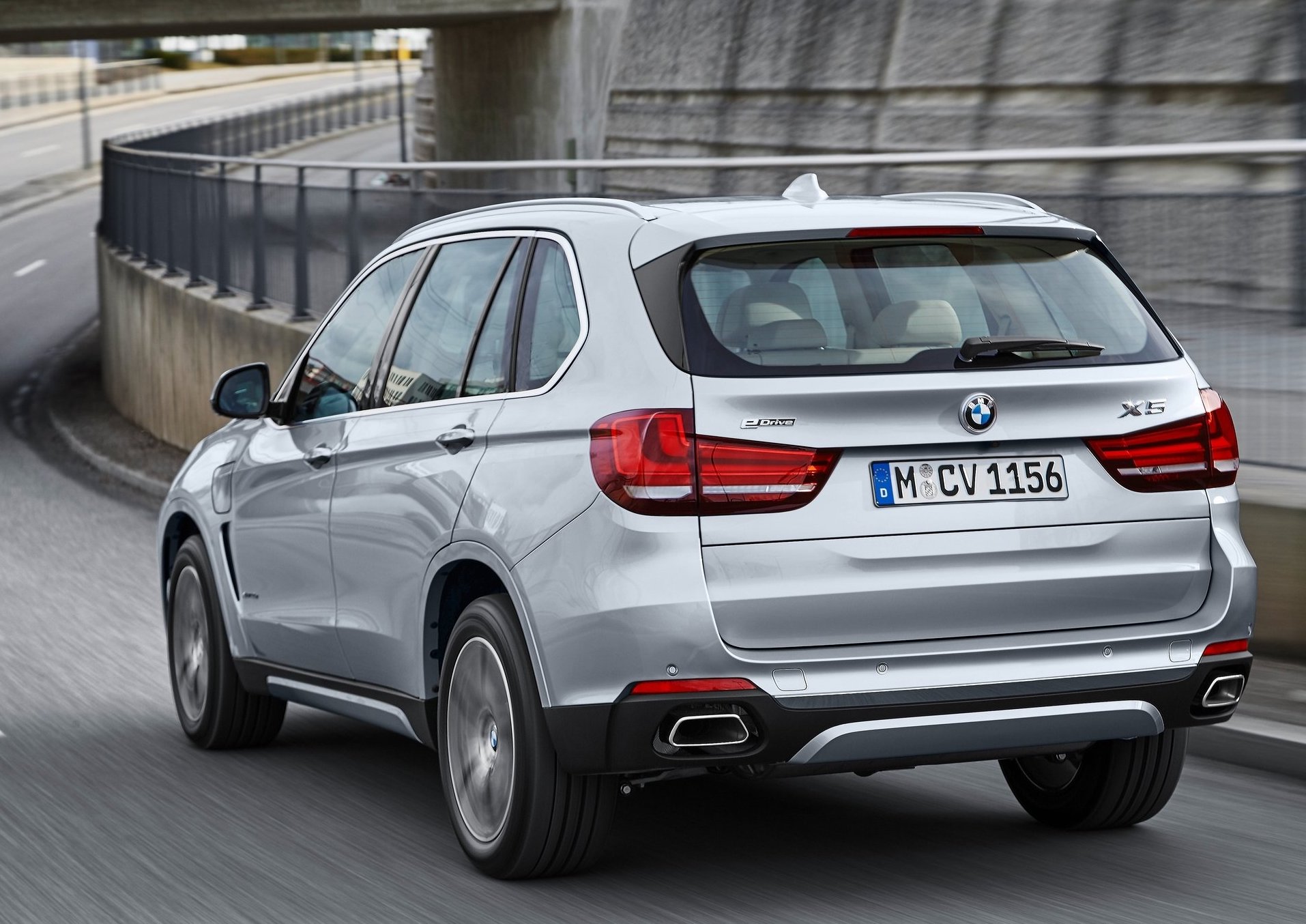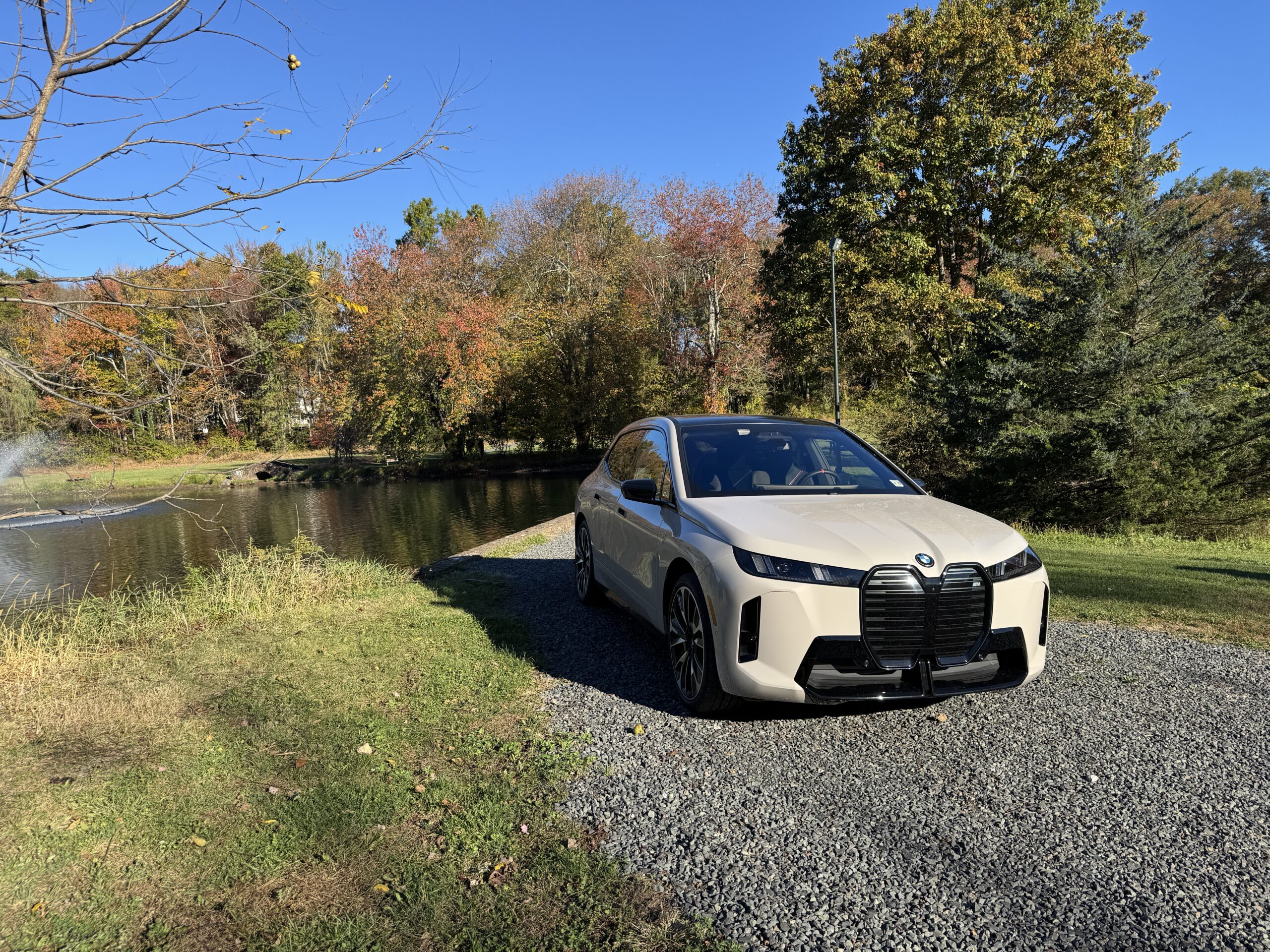Since my return to technician life at BMW of Murrieta, I have noticed that there are a lot of different models coming in and out of the shop—especially hybrids, which probably account for a quarter or even a third of the BMWs I work on.
About a month or two after I started, I was working on an X5 Hybrid. While I was draining the oil, the parts guy comes out and asks me if the car is calling for 0W-20 or 0W-12 oil. I looked at him with a perplexed face and my head tilted to the side: “Did you just say 0W-12?!” So of course the under-hood label shows 0W-12 oil, and I was brought several quarts of something I had not seen at a BMW dealership. However, as I soon learned, this was a common thing; I realized that new-generation B58 engines were also calling for 0W-12 oil.
In the early days of BMW’s EV/Hybrid era, there were not many variants, but when the F15 X5 xDrive40e debuted, everyone was excited about that model: finally, a real PHEV SAV-style BMW! It came with the N20 four-cylinder engine, but the electric drive was good for around nineteen miles in EV mode. This combo worked really well, because the electric drive could get the vehicle moving, and then at the right time, the engine would come on and take over: electric for down low and four-cylinder efficiency for up high.
Conceptually, the pairing could work well. However, there was a catch, and it was a big one. No one caught it until it was too late. The X5 xDrive40e was designed to run off the EV motor until a certain speed or throttle demand was met, but if you were to get up in the morning and drive to the highway on-ramp on pure electric, the N20 engine would start up, bone cold, while already traveling over 40 mph. This means that a cold N20 would immediately go to 2,500 or 3,500 rpm. I do not recall the exact time line, but shortly after replacing a few N20 engines on the X5 xDrive40e, BMW issued a recall to program the DME and change the parameters for when the engine starts. This was probably a tough lesson for BMW, but luckily there were not that many X5 xDrive40e’s out there yet.
For an engine to survive multiple cold starts, it needs to be lubricated nearly instantly, and at all times of operation—hence 0W-12 oil. It makes sense to use engine oil so thin, because that allows it to travel more easily to the appropriate parts of an engine in a cold-start scenario. Hybrid vehicle or conventional gasoline does not matter; an engine is the most vulnerable in a cold start or low-oil-pressure situation. When you combine that theory with increasing emission standards, along with more demand for efficiency, you must get creative; this is probably why BMW decided to switch to a thinner oil for hybrid engines, at the same time scrutinizing the tolerances of the engine components to make sure nothing is lost in the process: Oil passages, VANOS units, Valvetronic pieces, anything that touches oil are now all expected to run a 0W-12 oil. I think we can kiss the days of putting in thicker oil goodbye.
While it was a common practice to increase the oil weight in an aging engine to help longevity and take up the microscopic wear points, the demand for tight tolerances was not as strict at that time, so you could get away with it. I think that as modern BMWs age, they will need to stick to their prescribed oil weight. As much as I would be interested to see how a B58 engine that calls for 0W-12 would run on 0W-20 or 0W-30, I think that we should stick to what the engine is supposed to have until notified otherwise.





















